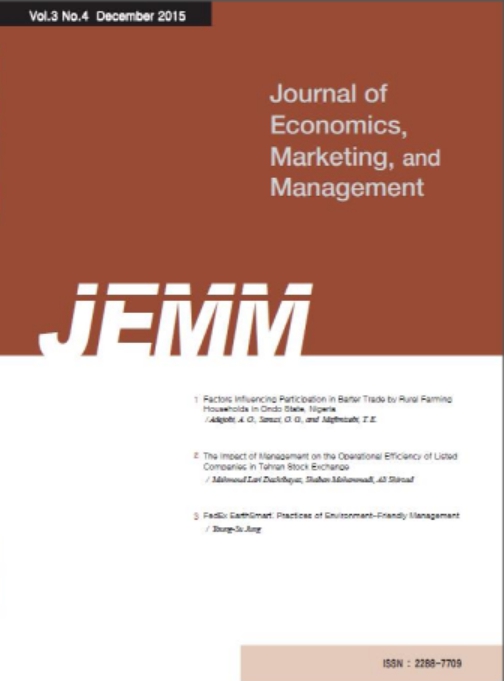- 권한신청
- E-ISSN2288-7709
- KCI
Residential Environment Satisfaction of One-person Households : Focused on Young (19-39) Women in Korea
Abstract
Purpose: The purpose of this study is to analyze the residential environment satisfaction of young women's one-person households and the characteristics of young one-person households, and to present policy implications for their housing problems. Research design, data, and methodology: This study used 11th Korea Financial Panel Data. Analysis methods in this study include basic statistical analysis, frequency analysis, multiple regression analysis, and artificial neural network analysis. Results: As a result of the analysis of this study, 1) young one-person households showed that women had higher ratios of non-regular workers, real estate debt than men, and lower average income. The percentage of young people owning their own homes was very low at about 5%. 2) For young women, the higher the education level and monthly consumption, the lower the housing satisfaction. 3) Young women living in rental housing had lower housing satisfaction than their own. Conclusions: Women are paying more for housing security than men in young one-person households. In addition, the proportion of their own houses is very low. Therefore, there is a need for a policy on the housing safety issue of young women's one-person households. And policies to support young one-person households to own their own homes are required.
- keywords
- One-person households, Residential Environment, Satisfaction, Artificial neural network
- 다운로드 수
- 조회수
- 0KCI 피인용수
- 0WOS 피인용수














